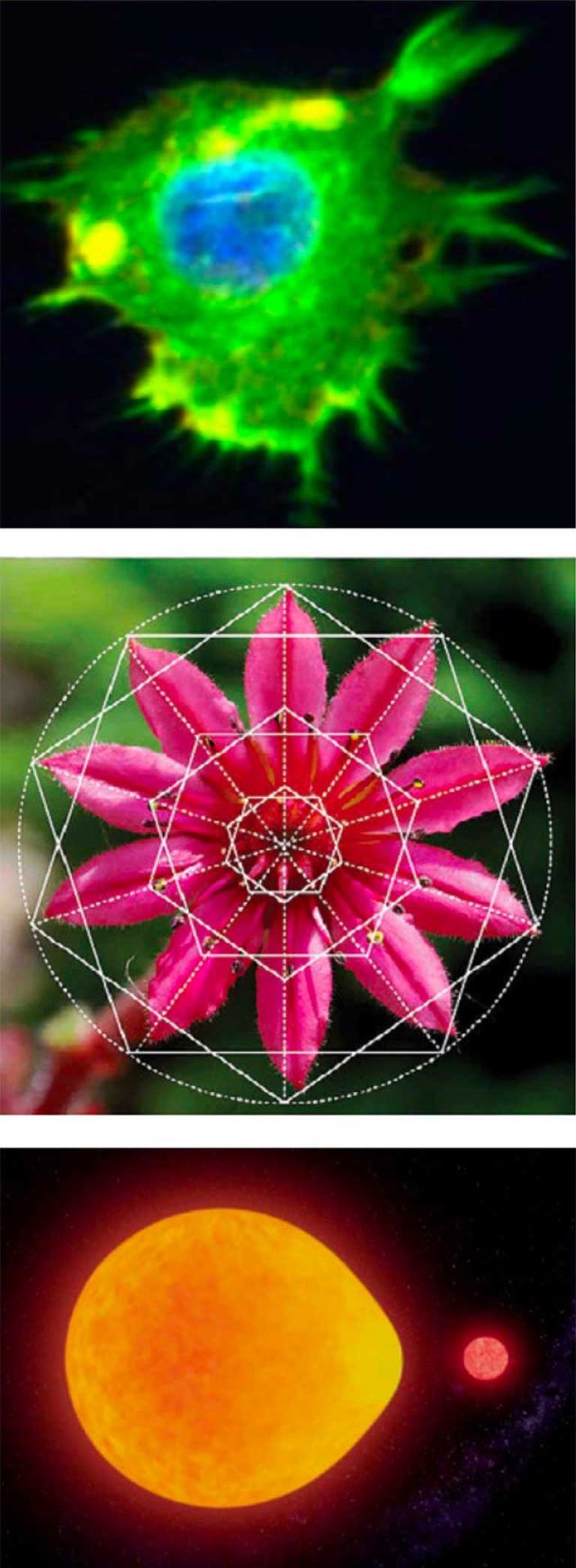ECE Research Initiative – Nina Miolane's Bioshape Lab
Natural shapes have always captivated the human eye; however, to Assistant Professor Nina Miolane and her BioShape Lab these shapes also carry valuable information

ECE Research Initiative
Nina Miolane | “The BioShape Lab @ UCSB ECE”
From The ECE Current Newsletter (Fall 2022)
Natural shapes have always captivated the human eye: from the geometric patterns of the brain cortical surface, to the fractal design of natural the heart’s vascular system, the intriguing universe of cell shapes, the stylish arrangement of petals in a flower, or the mesmerizing dances of pulsating stars. Beautiful examples of shapes are ubiquitous in natural sciences. To the BioShape Lab however, these shapes also carry valuable information: How do they arise? Which functions do they fulfill? Are questions that the BioShape Lab members seek to tackle with ever finer quantitative tools.
In the biological and medical fields, advances in biomedical imaging have enabled us to access the 3D shapes of a variety of structures: proteins, cells, organs. Since biological shapes are related to physiological functions, this shape data holds the key to unlock outstanding mysteries in biomedicine.
Considering shapes at the nanoscale, the aggregation of misfolded proteins in the central nervous system characterizes a number of neurodegenerative diseases, such as Parkinson’s and Alzheimer’s. At the microscale, the health of actin - proteins involved in important cell processes including cell division - correlates with cell shapes, which are thus critical for the diagnosis of cancer types and stages. At the macroscale, organ shapes describe a wide range of diseases, for instance pathological heart shapes found in stress cardiomyopathy where the main pumping chamber changes shape, reducing the heart’s ability to pump blood effectively. As vast quantities of shape data can now be generated by high-throughput imaging systems, providing appropriate and reliable tools to study biological shapes is critical and timely.
Biological Shapes: are correlated with physiological functions and entail crucial quantitative information about normal and pathological conditions in biomedicine.
While the human eye recognizes shape differences in a heartbeat, defining an exhaustive quantitative taxonomy of shapes still remains difficult. Human languages only possess a limited set of adjectives (concave, convex, connected, elongated, among a few others) that fails at providing precise shape descriptors. In this context, the BioShape Lab’s research aims to create precise, quantitative computational descriptions of shapes, with associated machine learning algorithms and statistical theory implemented in their software Geomstats, to reveal the science behind the beauty of biological shapes and communicate to the wider audience about their findings.
The ECE Current Newsletter (Fall 2022) "The BioShape Lab @ UCSB ECE" (pages 6-7)